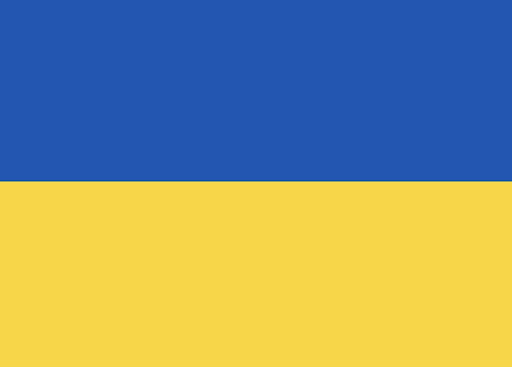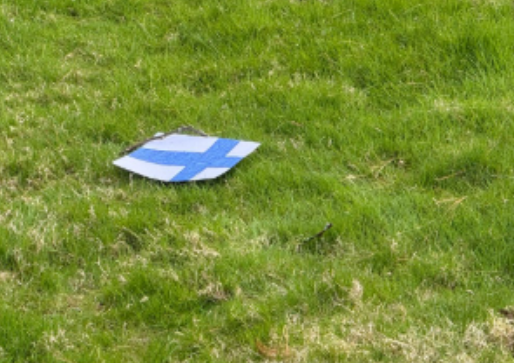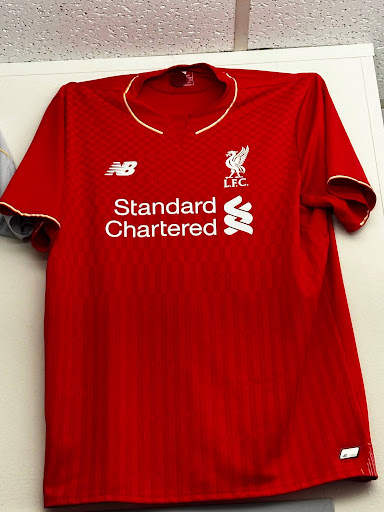“Slava Ukraini”: How National Identity is Driving Ukraine

The flag of Ukraine.
Since Russia’s invasion of Ukraine in late February, “Слава Україні,” “Glory to Ukraine,” has become a rallying cry for a nation at war. The phrase, which was banned under the Soviet Union, represents the resiliency of the Ukrainian people during some of the most trying times in their nation’s history.
Around two million people have fled to neighboring countries like Poland, and the UN High Commissioner for Refugees estimates that nearly four million will have fled as the crisis continues to unfold. In many cases, they are leaving behind much of their belongings, as well as their husbands, brothers, and fathers, who must stay behind to fight.
Something these refugees all carry is a common pride in their country. While many have fled, rightfully fearing for their lives, there are those who have either chosen to stay, or to return to their country. Many Ukranians who have been living outside of the country have returned to fight.
When asked why they were choosing to return to what is now an active war-zone, one told CBS,
“If not me, then who else?” They then bid the reporter goodbye with a simple, “Slava Ukraini.”
Ukraine is a country with a long and rich history, with the founding of its capital, Kiev, in 887 AD, predating the founding of Moscow by roughly 200 years. While the country’s history is intertwined with that of Russia’s, there is a long history of the people of Ukraine creating their own traditions and culture. Pride in the place they live comes from the areas surrounding Kiev, which were influential powers in medieval Europe. It continued to hold the same influence as a region well into the 16th and 17th centuries, as a part of the Polish-Lithuanian Commonwealth.
However, Putin has repeatedly claimed that Ukraine is a country that was created out of the Soviet Union, and is one without “a tradition of genuine statehood.”
In response, over the last few weeks, the Ukrainian people have proved him wrong. Visible displays of President Volodymyr Zelenskyy’s leadership being spread across social media has brought international attention from people around the world. In addition, the thousands of Ukrainian citizens taking up arms to defend their country in any way they can has illustrated the falsity of Putin’s statement.
The recent actions also represent the latest, and arguably, most widely covered event in Ukraine’s attempts to create stability following its emergence out of the fall of the Soviet Union.
Despite high inflation and corruption in the 90s, the Orange Revolution in 2004 led to the installation of Viktor Yuschenko, whose term was marked by a pursuit of relations with Europe rather than with Russia. While this period was followed by a turn back towards relations with Russia for much of the 21st century, Yuschenko’s term represented a vision of a Ukraine that held significant ties with the West.
Following a long period of unrest, including the annexation of Crimea in 2014, and an increase in tensions with separatists, 2019 marked the election of Volodymyr Zelenskyy and the reform of the Ukrainian Constitution. Zylenskyy supported Ukraine’s move to join NATO and the European Union, applying to join the latter in February.
As the war began, Zelenskyy also became an important leading figure for the people, as he refused to leave his country behind; instead choosing to stay and lead from Kiev, even meeting with a variety of world leaders from his bunkers underneath the city.
While Russia is still bent on making its way deeper and deeper into Ukraine, the people are proving everyday that they will continue to hold their pride in their country, and in themselves.





